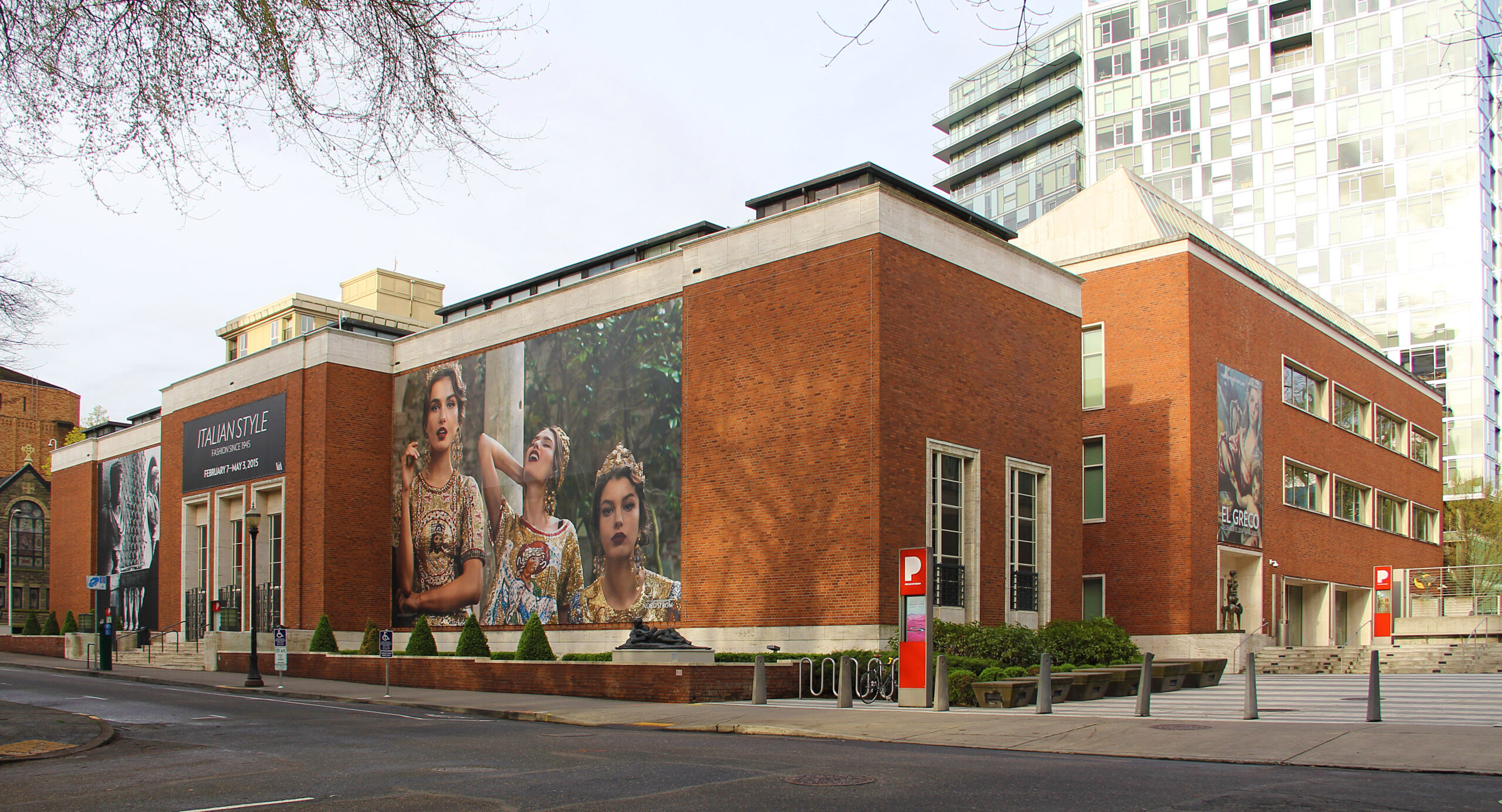
Art and art history have always fascinated me. Exploring the meanings and motivations behind a work of art unlocks numerous doors, ultimately enriching the mind. Knowing, for example, that while Leonardo da Vinci painted the Mona Lisa, he was entrenched in his anatomical studies. It is through evidence such as this that we know the Mona Lisa was meant to be viewed as a connection to the landscape in the background. Another fascinating art fact is that Jackson Pollock created his famous drip paintings for only about three years. The majority of his career as an artist was spent painting in styles other than the one for which he is most known. I have the great privilege of being able to call myself an artist. I am signed to professional art galleries, and my work is in the collections of several museums, including the Portland Art Museum. Furthermore, I have the honor of being an Art Copyist for the Louvre Museum in Paris. This is where an artist is awarded the rare opportunity to paint inside their museum. The Louvre had me paint my own versions of da Vinci’s Mona Lisa and Saint John the Baptist.
Because art is such a central component of my life and my family’s, we love to take outings to the Portland Art Museum. They have a permanent collection of more than 42,000 artworks, and their buildings span 240,000 square feet. Established in 1892, it is one of the oldest institutions in the state of Oregon still in operation. It is well worth taking the family to this museum to see the wonderful art and artifacts that they preserve. One of their current exhibitions is “Psychedelic Rock Posters and Fashion of the 1960s.” My family has seen this exhibit twice now, and it is extraordinary. One noticeable feature with these posters is that many were designed by teenagers and young adults in Oregon. The designs are certainly those of the 1960s counter-cultural movement and serve as a time stamp from that period. As someone who tends to prefer more traditional forms of art, I must say that I enjoyed every original poster I saw.
Another current exhibition at the Portland Art Museum is Monet’s Floating Worlds at Giverny: Portland’s Waterlilies Resurfaces. After being removed from display to be restored, Claude Monet’s Waterlilies (1914-1915) is now back on view. The art restorers took their time removing the foggy varnish to present the painting the way Monet had always intended. We visited the restored painting the other week, and it looks magnificent. The power of the brush from Monet’s hand truly shines. Photographs online do not do this painting any justice either. Seeing it in person is simply incomparable. This exhibit also features many other complementary works of art, including some of the original Japanese woodblock prints that inspired him. They are also showcasing European contemporaries of Monet, such as artwork by Édouard Vuillard and Henri de Toulouse-Lautrec, a personal favorite artist of mine. The artworks displayed here will certainly engage you and your little ones.
Upcoming exhibitions at the Portland Art Museum include Global Icons, Local Spotlight: Contemporary Art from the Collections of Jordan D. Schnitzer. This will display artwork by renowned artists such as Jeff Koons and Roy Lichtenstein. Much of this work has never been publicly displayed before. The exhibition opens September 6, 2025, and will be on view through January 11, 2026. Everyone is an “art person”, even if you or members of your family do not think so. We all have an innate need to create and experience art. It is so much a part of our humanity that we see examples of this in cave paintings that are tens of thousands of years old. If you have never been to the Portland Art Museum, then that’s all the more reason to take your family there.
Last December, I had the immense privilege of painting a series of portraits of Lydia Corbett. At 90 years of age, she is the last surviving muse of Pablo Picasso. She is also an accomplished artist in her own right and a truly remarkable person. When I finished painting her portraits, I thought about how behind every work of art lies a story. Museums hold some of the world’s most precious pieces of art, and behind each one is a small piece of history. Art is so much more than pretty pictures. It serves as a reminder that we are human and fortunate to share this existence. Visiting the Portland Art Museum, or any museum, presents the opportunity to experience life through the lens of an artist, one canvas at a time.

Alex is a devoted husband and father born and raised in Portland, Oregon. He is a professional artist, author, and advisor for both Yale and Harvard University’s arts departments. His books, ‘Selling Leonardo: The Art World’s Greatest Scandal’ and ‘Holy Ghost: Decoding Leonardo da Vinci’s Final Painting’ are available wherever books are sold.
